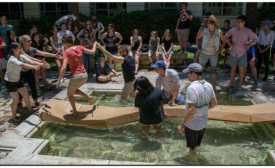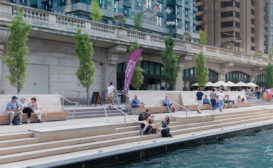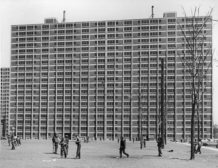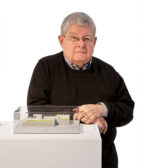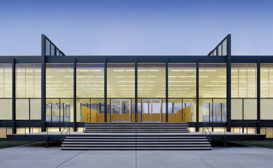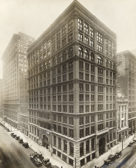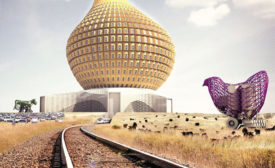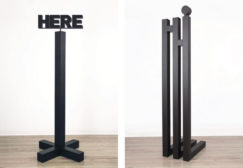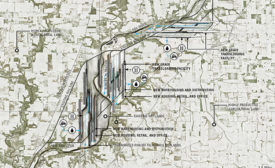Features
Making Places: Public Spaces in Chicago
Reclaiming defunct infrastructure, a series of new public paths and parks invite locals and visitors to gather, play, or simply enjoy navigating the city's neighborhoods.
Read More
Interview with Stanley Tigerman
'Mr. Chicago' talks about his hometown and its place in architectural culture.
Read More
Chicago: The Place Between
A modern masterpiece collides with a literary gem—that's Chicago.
Read More
High Time: Chicago Skyscrapers
Skyscrapers have figured dramatically in Chicago's architectural reputation'and will play a big part in the city's future.
Read More
Copyright ©2025. All Rights Reserved BNP Media.
Design, CMS, Hosting & Web Development :: ePublishing
